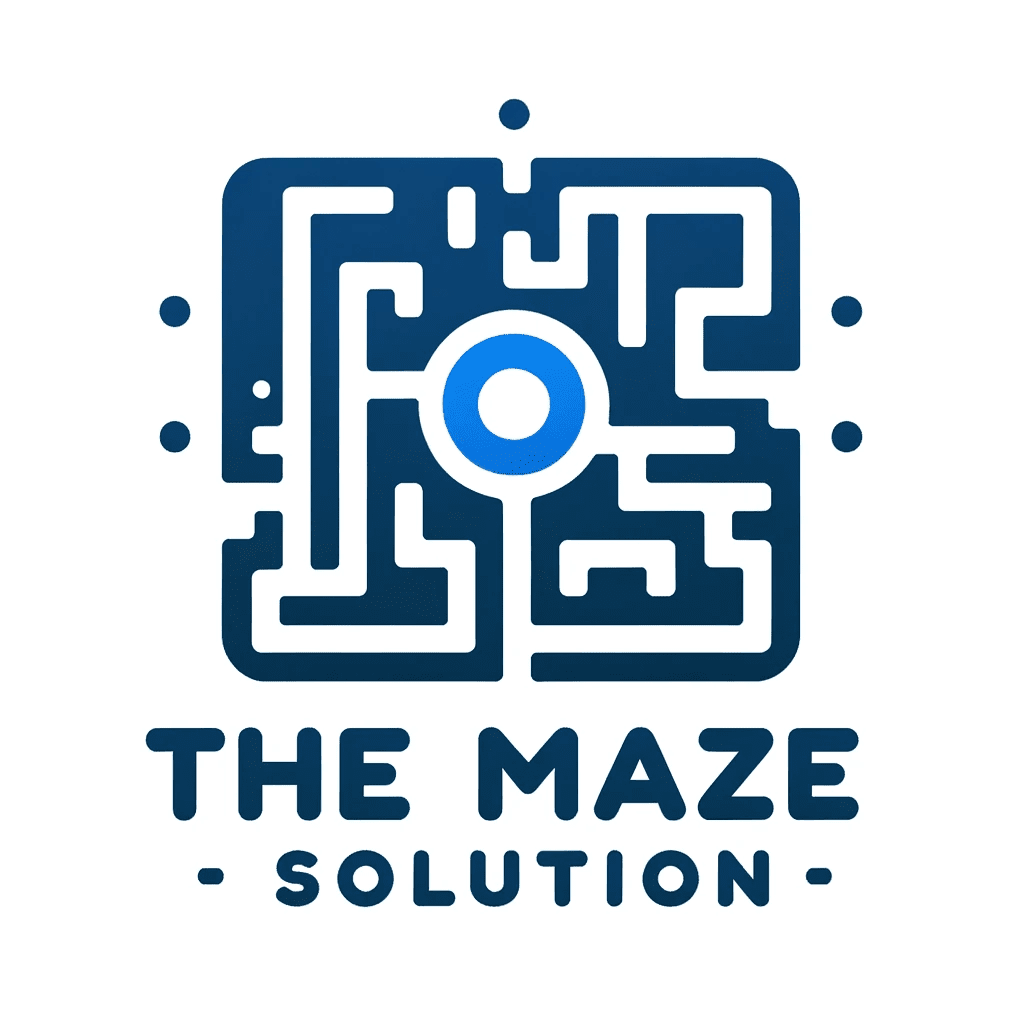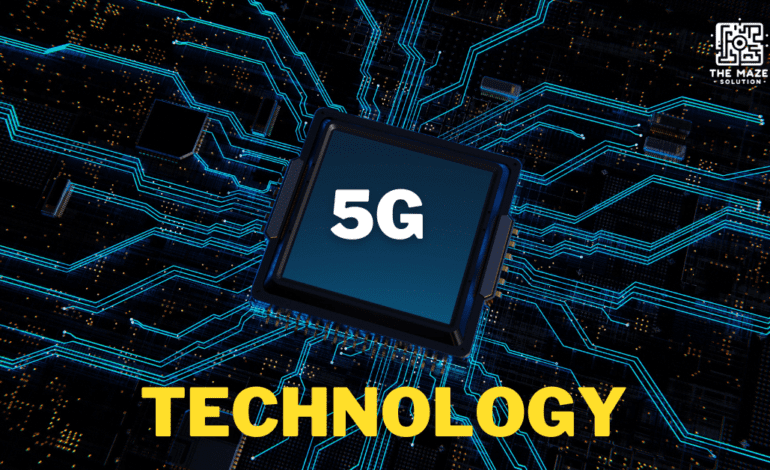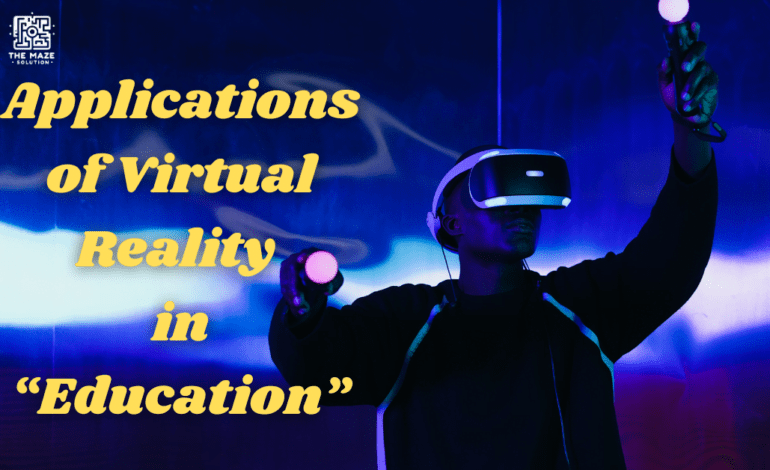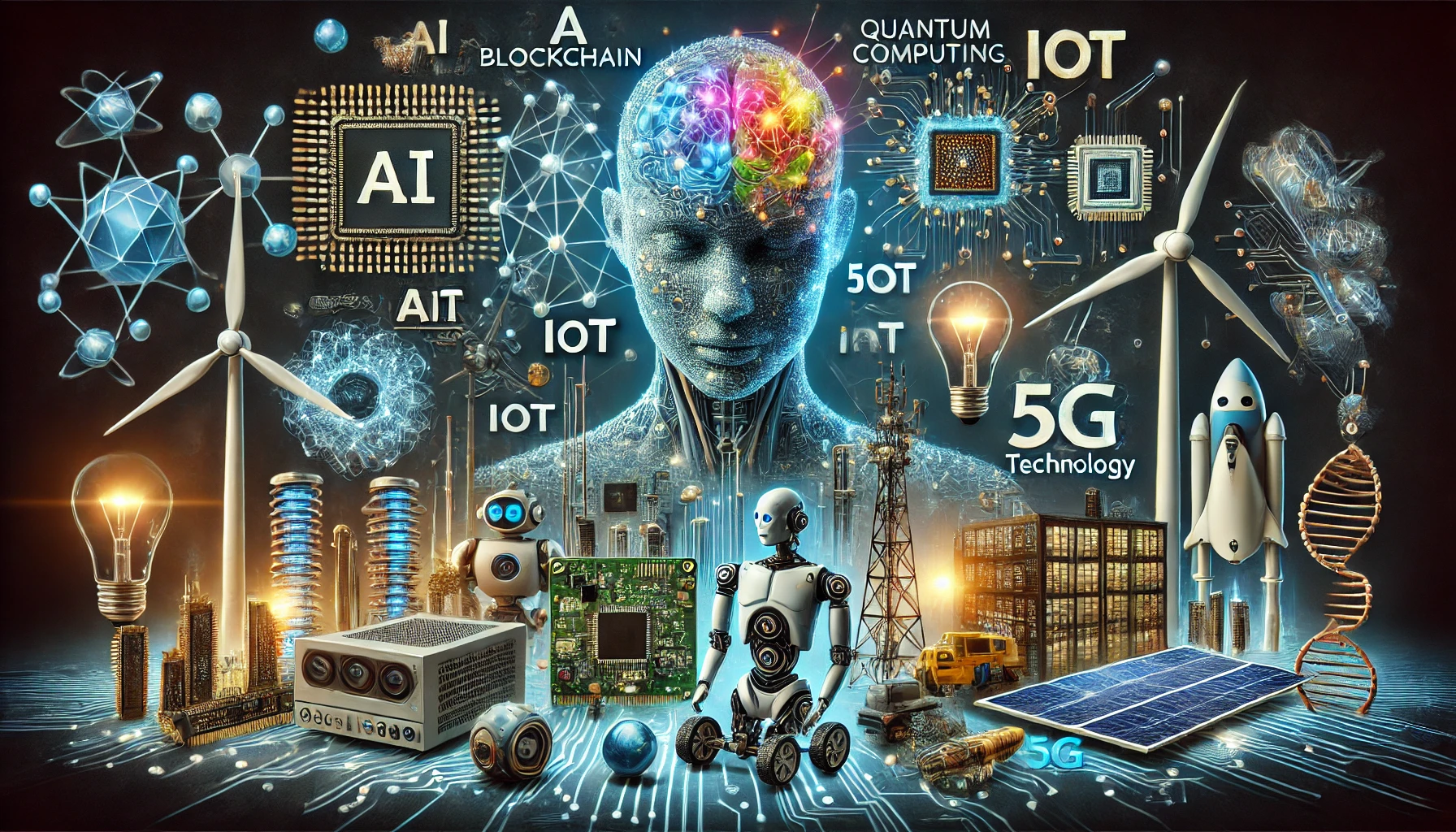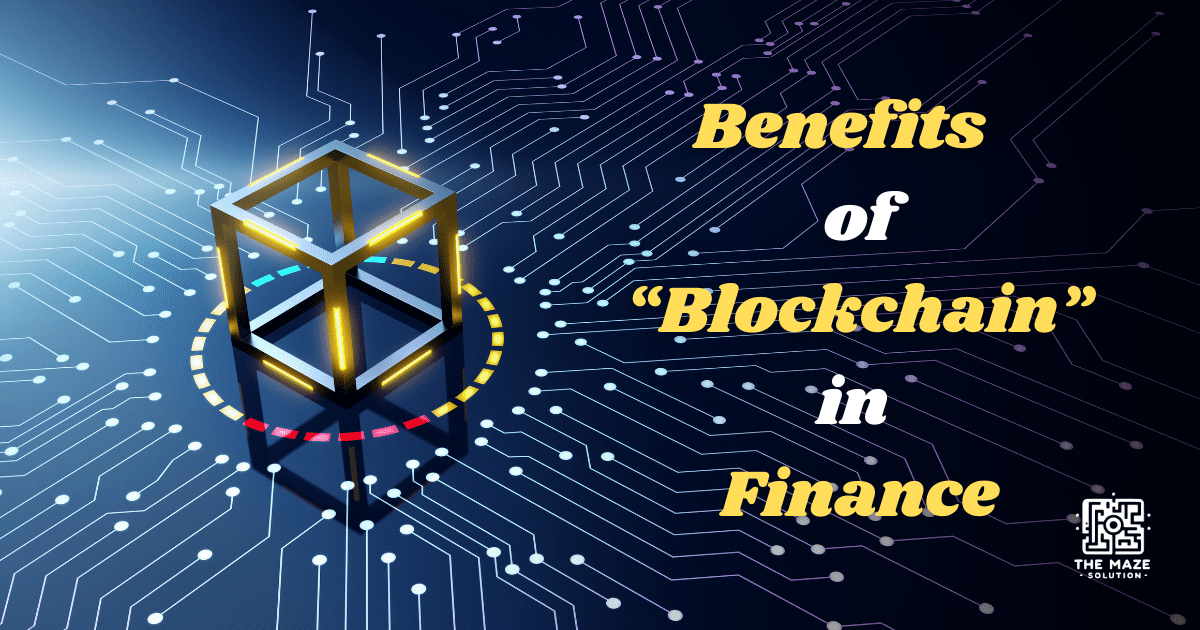Top Virtual Reality Applications Transforming the Future of Technology
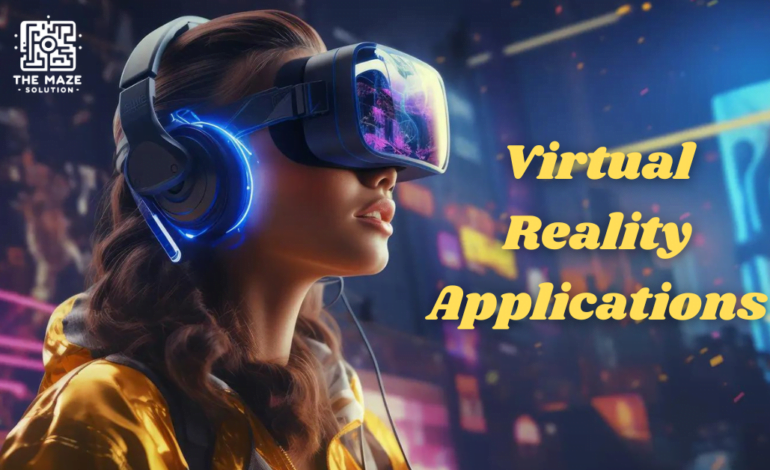
Virtual Reality Applications is here to stay and it’s transforming industries faster than you can say “VR headset.” With a market projected to reach $44.7 billion by 2024, virtual reality (VR) has captured the imagination and investment of tech enthusiasts, innovators, and early adopters alike. But what exactly is VR, and why is it such a game-changer?
Introduction to Virtual Reality
Virtual reality creates a simulated environment that allows users to interact with 3D worlds. This interaction occurs through Virtual reality headsets, gloves, and even full-body suits, making the experience immersive and engaging. Core components include a display screen, motion tracking sensors, and input devices like controllers or gloves.
The Importance of VR
In today’s digital landscape, VR stands out for its capability to create immersive experiences. Unlike traditional interfaces, VR places users inside an experience, allowing for a more interactive and emotional connection. Its applications range from entertainment to healthcare, making it a versatile tool for innovation and efficiency.
What You Will Learn
This blog post will explore the top VR applications transforming the future of technology across various industries. From gaming to healthcare, education to real estate, we’ll cover how VR is making waves and what this means for the future.
Virtual Reality Applications
VR in Gaming and Entertainment
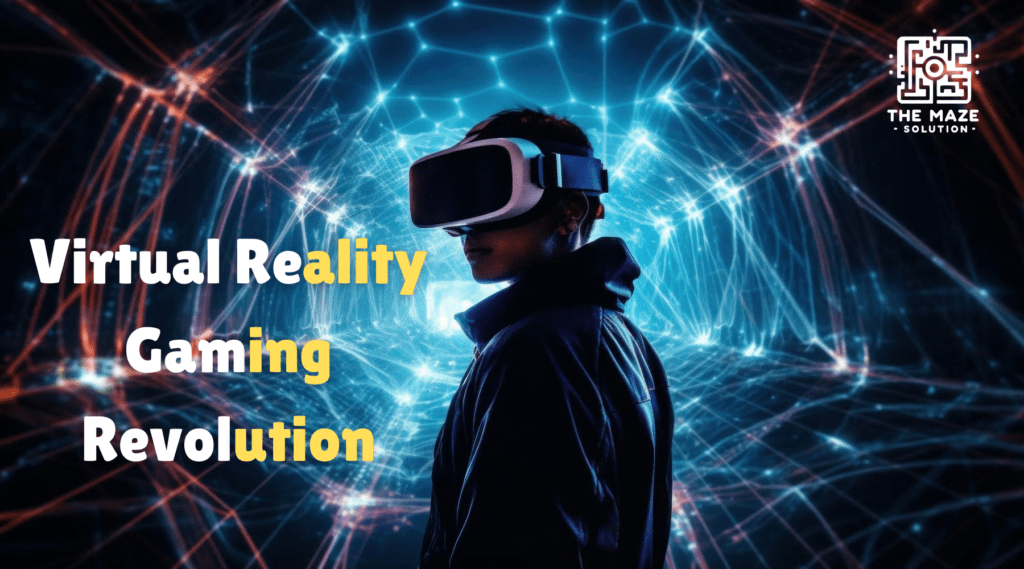
VR Gaming Revolution
VR gaming is taking the industry by storm, offering immersive experiences that were once the stuff of science fiction. Imagine stepping into a game where you can look around, move freely, and interact with characters and objects like never before. Games like “Beat Saber,” “Half-Life: Alyx,” and “The Elder Scrolls V: Skyrim VR” have set new standards for player engagement and satisfaction.
Immersive Experiences
These games use advanced motion tracking and haptic feedback to make you feel like you’re part of the game. Whether you’re dodging bullets, solving puzzles, or exploring new worlds, VR gaming offers unparalleled immersion that keeps players coming back for more.
Popular VR Games and Impact
Titles like “Beat Saber” and “Half-Life: Alyx” have garnered immense popularity, showcasing VR’s potential to deliver unique, engaging experiences. These games not only entertain but also offer physical and mental challenges, making them a hit among gamers.
Virtual Reality in Film and Media
VR Cinema and Storytelling
VR is also revolutionizing the film and media industry. Imagine watching a movie where you can choose different angles, explore the set, and interact with characters. VR cinema offers a new dimension to storytelling, making it more immersive and engaging.
VR Concerts and Live Events
Live events are another area where VR excels. Imagine attending a concert, sports event, or even a theater performance right from your living room. Companies like NextVR and Oculus Venues are making this possible, bringing live events to your VR headset.
Enhancing Audience Experience
By offering a 360-degree view and interactive elements, Virtual reality enhances the audience experience, making it more engaging and memorable. Whether it’s a movie, concert, or live event, VR brings a new level of immersion that’s hard to match.
VR in Healthcare
Medical Training and Education
Virtual reality is making significant strides in healthcare, particularly in medical training and education. Simulated surgeries and medical procedures allow students and professionals to practice in a risk-free environment. Platforms like Osso VR offer highly realistic simulations that help improve skills and confidence.
Simulated Surgeries
Medical students and professionals can now perform simulated surgeries to hone their skills without the risks associated with real-life procedures. This hands-on experience is invaluable for learning and mastering surgical techniques.
Training for Medical Professionals
From anatomy lessons to complex surgical procedures, Virtual reality offers interactive and realistic training modules. This not only enhances learning but also boosts confidence and preparedness among medical professionals.
Therapeutic Applications
VR is also being used for therapeutic purposes. For example, VR therapy has shown promise in treating mental health conditions like PTSD, anxiety, and phobias. Companies like Limbix and Psious are developing VR programs that offer effective mental health treatments.
VR for Mental Health
By immersing patients in controlled environments, VR can help treat conditions like PTSD, anxiety, and phobias. This innovative approach offers new avenues for treatment that are both effective and engaging.
Physical Rehabilitation and Pain Management
VR is also being used in physical rehabilitation and pain management. Patients can perform exercises in virtual environments, which can make rehabilitation more engaging and effective. VR can also help manage pain by distracting patients and providing a more comfortable experience.
Patient Care and Diagnosis
VR is revolutionizing patient care and diagnosis. Virtual consultations and telemedicine platforms like XRHealth and TeleVU offer remote medical services, making healthcare more accessible. VR is also being used for patient education, helping individuals understand their conditions and treatment options better.
Virtual Consultations
Telemedicine platforms are leveraging VR to offer remote consultations, making healthcare more accessible. Patients can interact with doctors in a virtual environment, receiving timely and effective care.
Patient Education
Educating patients about their conditions and treatment plans is crucial for successful healthcare outcomes. VR offers immersive and interactive educational tools that enhance understanding and compliance.
VR in Education and Training
Interactive Learning Environments
Education is another sector where VR is making a significant impact. Virtual classrooms and laboratories offer interactive learning environments that enhance engagement and retention rates. Platforms like zSpace and Labster are leading the way in VR education.
Virtual Classrooms
Virtual classrooms offer an interactive and engaging learning experience. Students can explore 3D models, conduct virtual experiments, and collaborate with peers in a simulated environment.
Enhanced Engagement
Interactive Virtual reality environments make learning more engaging and enjoyable. By offering hands-on experiences and real-time feedback, VR helps students retain information better and stay motivated.
Corporate Training and Development
Businesses are leveraging VR for employee onboarding and skills training. VR offers realistic simulations of work environments, making training more effective. Companies like Strivr and Talespin are developing VR training programs for various industries.
Employee Onboarding
VR can make employee onboarding more efficient and engaging. New hires can explore their work environment, interact with team members, and learn about company culture in a virtual setting.
Safety Training
Safety training is another area where VR shines. Simulating hazardous environments allows employees to practice safety protocols without real-world risks. This hands-on approach improves preparedness and reduces accidents.
Specialized Professional Training
VR is also being used for specialized professional training. Pilots, firefighters, and military personnel can train in simulated environments, improving their skills and readiness. Companies like FlightSafety International and EON Reality offer VR training solutions for these professions.
Pilot Training
Pilots can now train in realistic virtual cockpits, enhancing their skills and confidence. This advanced training method prepares them for real-world scenarios, ensuring flight safety.
Firefighter Training
Firefighters can practice emergency response protocols in simulated environments. This realistic training helps them develop quick decision-making skills and better handle emergencies.
Military Training
Military personnel can undergo rigorous training in virtual environments. This immersive approach improves combat readiness and equips soldiers with the skills needed for real-world missions.
VR in Real Estate and Architecture
Virtual Property Tours
Real estate is benefiting immensely from Virtual reality technology. Virtual property tours allow potential buyers to explore properties remotely, saving time and effort. Companies like Matterport and Roomy are offering virtual tour solutions for real estate.
Remote Viewing
Buyers can explore properties from the comfort of their homes, making the buying process more convenient. This remote viewing capability is especially beneficial for international buyers and investors.
Benefits for Buyers and Sellers
Virtual tours offer a realistic view of properties, helping buyers make informed decisions. For sellers, VR tours attract more potential buyers and reduce the time properties stay on the market.
Architectural Visualization
Architects and designers are using VR for design and planning. VR allows clients to visualize and interact with designs before construction begins, making the approval process smoother. Tools like Enscape and IrisVR are popular in architectural visualization.
Design and Planning
Architects can present their designs in a virtual environment, allowing clients to walk through the project and provide feedback. This interactive approach ensures client satisfaction and reduces design errors.
Client Presentations
Virtual reality makes client presentations more impressive and effective. Clients can experience the design in a realistic setting, making it easier to understand and approve the project.
Urban Planning and Development
Urban planners are using VR to simulate urban environments and infrastructure projects. This technology helps visualize the impact of new developments and ensures better planning. Companies like Cityscape Digital are leading the way in VR urban planning.
Simulating Urban Environments
Simulating urban environments in VR helps planners visualize the impact of new developments. This approach ensures better planning and more sustainable urban growth.
Infrastructure Projects
Virtual reality can simulate large-scale infrastructure projects, providing a realistic view of their potential impact. This visualization helps stakeholders make informed decisions and ensures successful project execution.
VR in Retail and E-commerce
Enhanced Shopping Experiences
Retailers are leveraging Virtual reality to create enhanced shopping experiences. Virtual stores and showrooms offer a unique way to shop, allowing customers to explore products in a virtual environment. Companies like Obsess and Marxent are pioneers in Virtual reality retail solutions.
Virtual Stores
Virtual stores offer a unique and immersive shopping experience. Customers can explore products, try them on virtually, and make purchases without leaving their homes.
Personalized Shopping
VR enables personalized shopping experiences by analyzing customer preferences and offering tailored recommendations. This personalized approach enhances customer satisfaction and loyalty.
Product Visualization
Virtual reality is transforming product visualization in retail. Customers can virtually try on clothing, accessories, and even furniture, making shopping more convenient. Tools like Wannaby and IKEA Place are popular for virtual try-ons.
Virtual Try-Ons
Virtual try-ons allow customers to see how products look and fit without physically trying them. This feature reduces returns and enhances the overall shopping experience.
Interactive Demonstrations
Retailers can use VR for interactive product demonstrations, showcasing features and benefits in a realistic setting. This engaging approach helps customers make informed purchase decisions.
Customer Engagement and Marketing
Virtual reality offers new ways to engage customers and create memorable marketing campaigns. Brands can create immersive experiences that resonate with their audience. Companies like The VOID and InContext Solutions are leading the way in VR marketing.
VR Marketing Campaigns
Brands can create immersive marketing campaigns that captivate their audience. VR allows for interactive storytelling and unique brand experiences.
Immersive Brand Experiences
Immersive brand experiences help create a strong emotional connection with customers. By offering engaging and memorable interactions, brands can build loyalty and increase customer retention.
VR in Tourism and Travel
Virtual Tours and Destinations
Travel enthusiasts can explore global landmarks and destinations from the comfort of their homes. Virtual tours offer a realistic and immersive travel experience. Companies like Google Earth VR and Ascape are pioneers in virtual tourism.
Exploring Landmarks
Virtual tours allow users to explore famous landmarks and destinations without physical travel. This immersive experience offers a new way to discover the world.
VR Travel Experiences
Virtual reality travel experiences help users plan their trips by providing a realistic view of destinations. This virtual exploration ensures better trip planning and enhances the overall travel experience.
Cultural Heritage and Museums
Museums and cultural heritage sites are leveraging VR to offer virtual tours. This technology helps preserve and share cultural heritage with a global audience. Platforms like The British Museum’s VR tours are popular in this space.
Virtual Museum Tours
Virtual museum tours allow users to explore exhibits and artifacts from anywhere in the world. This accessibility promotes cultural appreciation and education.
Preserving Heritage
VVirtual reality R helps preserve cultural heritage by creating digital replicas of historical sites and artifacts. This preservation ensures that future generations can experience and appreciate these treasures.
Adventure and Exploration
VR offers thrilling adventure and exploration experiences. Users can simulate extreme sports, wildlife safaris, and other adventure activities. Companies like The North Face VR and Everest VR are popular in this space.
Simulating Extreme Sports
VR allows users to experience extreme sports like rock climbing, surfing, and skydiving in a safe and controlled environment. This thrilling experience appeals to adventure enthusiasts.
Virtual Safaris
Virtual safaris offer a unique way to explore wildlife and natural habitats. Users can experience the thrill of a safari from their living room, making it accessible to everyone.
VR in Professional Collaboration and Remote Work
Virtual Meetings and Conferences
Virtual reality is enhancing remote collaboration by offering virtual meetings and conferences. Virtual conference rooms and networking events make remote work more interactive and productive. Platforms like Spatial and MeetinVR are popular for virtual meetings.
Enhancing Collaboration
Virtual meetings offer a more interactive and engaging way to collaborate with remote teams. This technology ensures better communication and teamwork.
Virtual Conference Rooms
Virtual conference rooms provide a realistic and immersive meeting environment. Participants can interact with each other and the virtual workspace, enhancing productivity.
Design and Development Collaboration
Virtual reality is transforming design and development collaboration. Teams can work together in a virtual environment, improving efficiency and creativity. Tools like Gravity Sketch and VR Sketch are popular for design collaboration.
Product Design
Virtual reality allows teams to collaborate on product design in a virtual environment. This approach fosters creativity and ensures better design outcomes.
Cross-Functional Collaboration
Cross-functional teams can collaborate more effectively in a virtual environment. VR breaks down geographical barriers and ensures seamless teamwork.
Training and Skill Development
Virtual reality offers remote training programs and skill-building workshops. This technology ensures that employees can continuously develop their skills, regardless of their location. Platforms like VirtualSpeech and ENGAGE are popular for VR training.
Remote Training
Remote training programs leverage VR to offer interactive and engaging learning experiences. This approach ensures effective skill development and employee growth.
Skill-Building Workshops
Skill-building workshops in VR offer hands-on experiences and real-time feedback. This interactive approach enhances learning and retention.
Conclusion
Virtual reality is transforming the future of technology across various industries. From gaming to healthcare, education to real estate, VR offers innovative solutions that enhance experiences and improve efficiency. As Virtual reality technology continues to evolve, its applications will only expand, offering new possibilities and opportunities.
Future of VR
The future of VR is bright, with advancements in technology and increased adoption driving its growth. From more realistic simulations to enhanced interactivity, the potential for VR is limitless. Stay updated with the latest VR trends to make the most of this transformative technology.
Explore VR Applications
Explore the various VR applications discussed in this blog and consider how they can benefit your industry. Whether you’re a tech enthusiast, innovator, or early adopter, VR offers exciting opportunities to enhance your experiences and improve your operations.
Additional Resources
For further reading on VR
